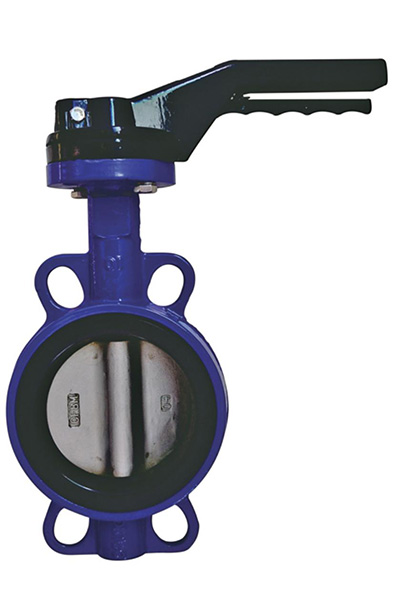វិច្ឆិកា . 26, 2024 07:46 Back to list
Innovative Dual Sphere Rubber Joint Design for Enhanced Union Flexibility and Durability
Understanding Double Sphere Union Type Rubber Joints
In the realm of mechanical engineering and fluid management, the double sphere union type rubber joint stands out as a vital component that facilitates the smooth operation of various systems. Rubber joints, in general, are flexible connectors that serve to absorb vibrations, reduce noise, and accommodate misalignment in piping systems. The double sphere union type, characterized by its unique design, provides enhanced functionality and versatility.
Design and Structure
The double sphere union type rubber joint is designed with two spherical ends that are connected by a flexible rubber body. This design enables the joint to manage angular deflections and axial movements effectively. The spherical shape allows for greater flexibility compared to traditional straight connectors, making it an ideal solution for piping systems that experience frequent movement or thermal expansion.
The rubber material used in these joints is often selected based on its durability and resistance to various chemicals. Common materials include neoprene, EPDM (Ethylene Propylene Diene Monomer), and Nitrile rubber. Each of these materials offers specific advantages, such as resistance to ozone, UV light, and a wide range of temperatures, making them suitable for various applications in harsh environments.
Applications
Double sphere union type rubber joints are widely used in numerous applications across different industries
. In the water and wastewater treatment sector, these joints are employed to connect pipes while absorbing vibrations and minimizing stress on the system. Similarly, in HVAC systems, they facilitate connections between ducts, preventing noise transmission and accommodating thermal movements.Moreover, in chemical processing plants, these joints provide a safe and flexible connection between pipes that may carry aggressive substances. By absorbing shocks and reducing the risk of mechanical failure, they enhance the overall reliability and longevity of the piping system.
Advantages
double sphere union type rubber joint

One of the key benefits of double sphere union type rubber joints is their ability to absorb vibrations. Pipes can generate significant vibrations due to the flow of fluids, and without proper isolation, these vibrations can lead to premature wear and tear on both the piping and connected equipment. The flexibility of rubber joints helps to dampen these vibrations, ensuring a longer service life for the piping infrastructure.
Additionally, these joints accommodate misalignment between pipes. During installation or even throughout the operational phase, pipes may shift due to ground movement, thermal expansion, or other factors. The design of the double sphere joint allows for angular misalignment, reducing the stress on joints and connections and preventing potential failures.
Installation and Maintenance
Installing double sphere union type rubber joints is a straightforward process that typically involves securing the joint to flanged connections using bolts and nuts. It is essential to ensure that the joint is properly aligned during installation to maximize its longevity and effectiveness.
Regular maintenance is also crucial to ensure optimal performance. While rubber joints are generally durable, they should be inspected periodically for any signs of wear, cracking, or degradation, especially if they are exposed to harsh chemicals or environments. Timely replacement can prevent more significant issues down the line, such as leaks or system failures.
Conclusion
The double sphere union type rubber joint is an indispensable component in modern piping systems, providing flexibility, vibration absorption, and ease of installation. Its unique design and material selection cater to a wide array of applications, making it a preferred choice among engineers and technicians.
As industries continue to evolve and the demand for reliable piping solutions grows, understanding the characteristics and benefits of double sphere union type rubber joints becomes increasingly important. Whether in water treatment, HVAC, or chemical processing, these joints play a crucial role in maintaining system integrity and performance. With proper installation and maintenance, they ensure that operations run smoothly and efficiently, reducing downtime and costs.
Share
-
Reliable Wafer Type Butterfly Valves for Every IndustryNewsJul.25,2025
-
Reliable Flow Control Begins with the Right Ball Check ValveNewsJul.25,2025
-
Precision Flow Control Starts with Quality ValvesNewsJul.25,2025
-
Industrial Flow Control ReliabilityNewsJul.25,2025
-
Engineered for Efficiency Gate Valves That Power Industrial PerformanceNewsJul.25,2025
-
Empowering Infrastructure Through Quality ManufacturingNewsJul.25,2025